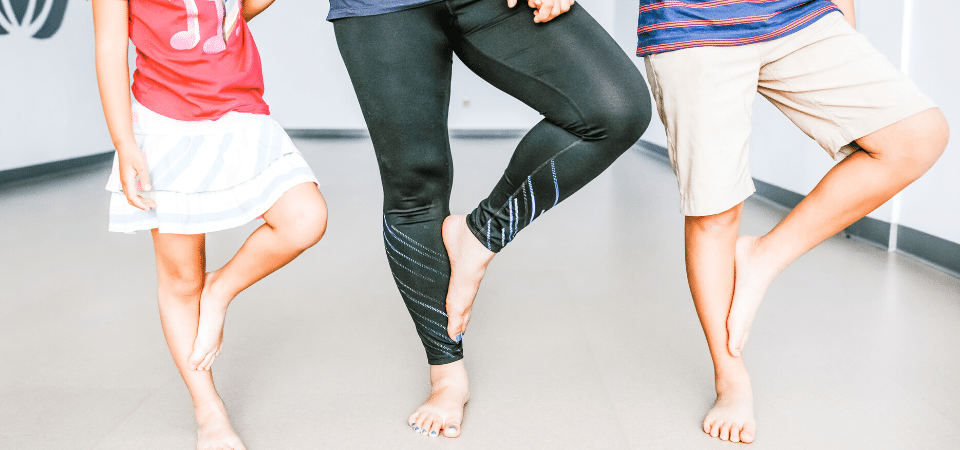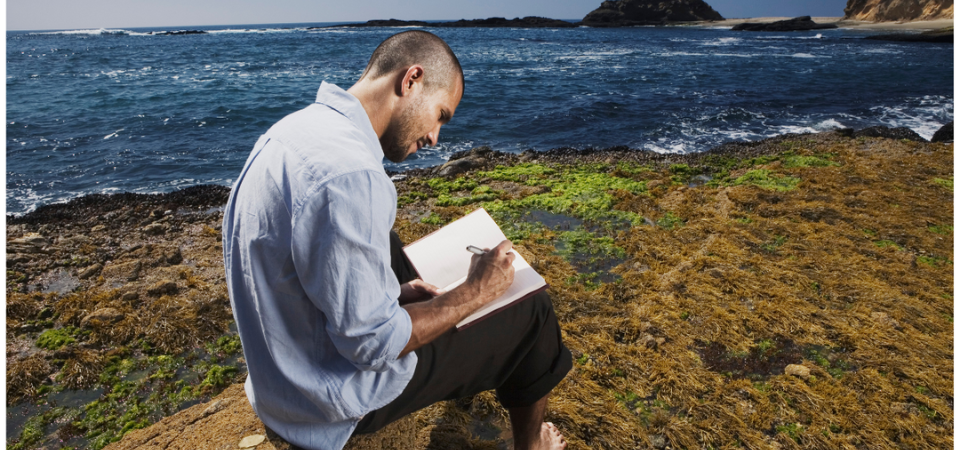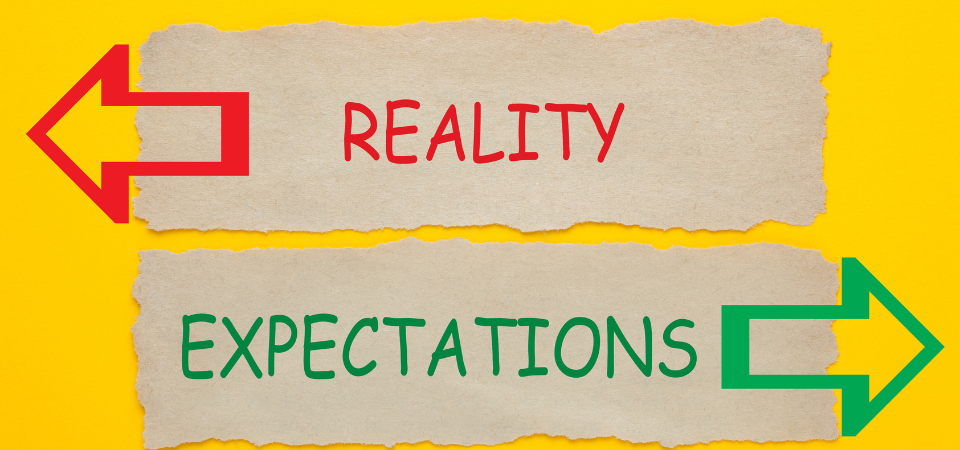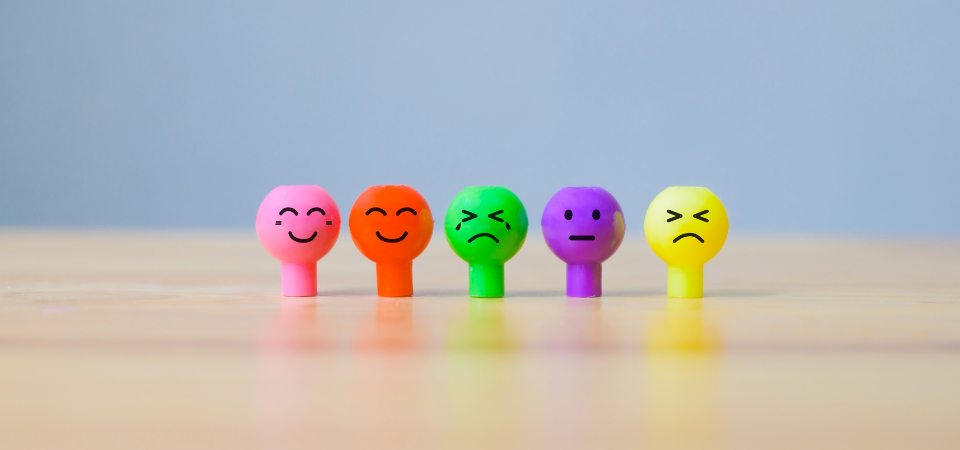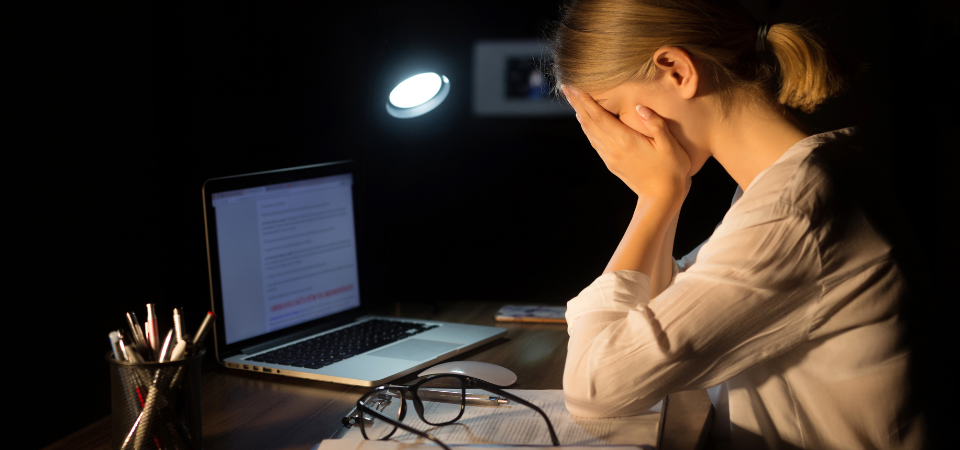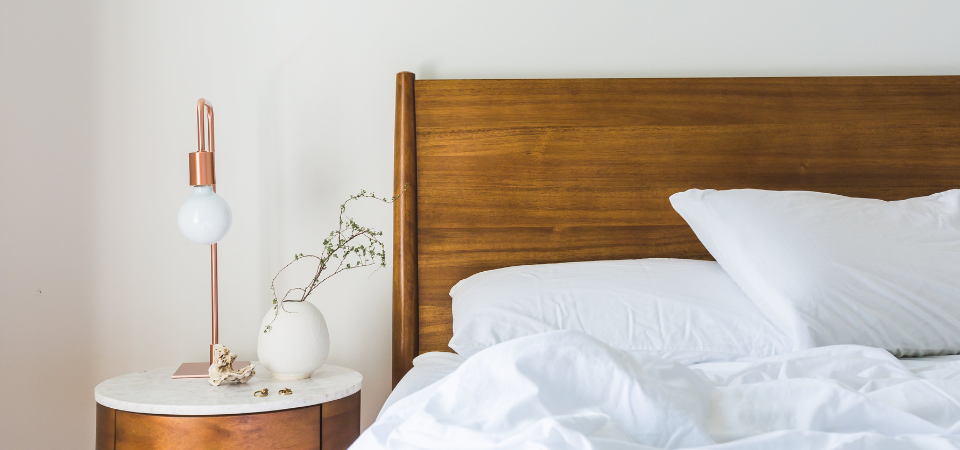Yoga is the union of breath and movement
In our military community, we face many periods of stress and uncertainty. Learning to cope with the difficulties and stressors that come with our lifestyle is incredibly important. For many, embracing yoga might just be the answer.
WHAT IS YOGA?
Yoga is the union of breath and movement. Many people associate it with pretzel-like poses where people put feet behind their heads, however there are many more aspects of yoga such as breathwork (pranayama), affirmations, and mindfulness meditation. In a typical yoga class, there is an emphasis on linking your breath with movement, and this cultivates self-awareness and focuses on the present moment. This awareness can extend into your daily life at home and work, and even in your interactions with others or trips to the Commissary.
EMBRACE YOGA ON AND OFF THE MAT
There are three ways to add aspects of yoga to your daily life: affirmations, mindfulness, and breathwork. They can be applied anytime, anywhere, and no special equipment is needed. So, what are they and how can you bring them into your daily life?
1. Affirmations are positive words or phrases that you say out loud or quietly. When my husband was active duty he frequently deployed, sometimes on short notice. As a new military spouse and mom, it took a mental and emotional toll because I did not know what to expect. Due to OPSEC, I did not get any information about where he was going or when he would return. I placed this affirmation on my refrigerator, “Don’t think you are strong, know it.”
According to the field of positive psychology, optimism is linked to both physical and mental health and boosts the immune system. Shifting my perspective to knowing and believing I’m strong gave me a boost to get through my days and avoid going down the rabbit hole of negative thought patterns. You can apply affirmations not just in your kitchen, but on the yoga mat too. Some yoga students are hard on themselves and mentally go through negative self-talk when they practice yoga. It’s possible to readdress this self-talk to something positive such as, “I am strong.” You can rewire the way you think by pausing and thinking positively.
2. Mindfulness is paying attention to the present moment, and it applies to anything that you’re doing— from sitting quietly watching passersby, waiting in line at the school pick-up line, or preparing dinner. I attribute the uncertainty of military life to preparing me for the uncertainty of life in general. In 2008, my husband received the award that he said he didn’t want—the Purple Heart. He was critically injured in Iraq and spent a month at Walter Reed National Military Medical Center. When I got the call from the Department of the Army, my mind went into high gear, and my anxiety went through the roof. In the end, it was my ability to be mindful that helped me navigate the process of dealing with my husband’s injuries. I kept telling myself, “He’s okay right now,” so I wouldn’t think about what could happen.
Mindfulness has a myriad of benefits—increased cognition, lowered stress and anxiety, and reduced cell aging. You can pay attention to what’s going on in your mind and body on and off the mat by watching your thoughts without being attached to them. Whether I am on my mat or with my kids, I watch my thoughts without following them and this eases my state of mind.
3. Breathwork or pranayama means regulating the breath. Many breath techniques serve different purposes. Generally, breathwork promotes a deep sense of relaxation and sustained focus. One breath technique I often teach is equal breathing (samavritti). Match the length of your inhalation and your exhalation. For example, inhale and count to yourself 1-2-3-4 and exhale 1-2-3-4 and repeat. When I feel anxious, I often breathe this way to calm myself. When I am preparing for a meeting, anticipating changes, or about to begin long training sessions, I do this to focus and prepare for what lies ahead. Breathwork is emphasized in a typical yoga class and that is why many students leave class calmer and more peaceful. You can practice breathwork off the mat too, and it’s another great tool to help you develop mindfulness no matter what you’re doing.
DEVELOP PEACE AND CALM
These simple and accessible aspects of yoga can help you develop more inner peace and calm as you navigate the military lifestyle. We can’t control what goes on in our outer environment, but we can control our internal environment. Affirmations, mindfulness, and breath work are just a few ways to do so. When you embrace yoga on the mat, you can extend that to your daily life off the mat and promote a better sense of health and well-being.
How to Embrace Yoga On and Off the Mat
ABOUT KATHERINE
Owner and founder of Embrace Yoga Studio in Fayetteville, North Carolina, Katherine has been practicing yoga since 2000 and teaching yoga since 2007. With over twenty years of yoga, management, and computer technical skills, Katherine has a background in computer science and psychology. Her goal is to help people embrace their potential, move beyond their comfort zones, and be the best version of themselves—on and off the yoga mat. Katherine is a mother of two and married to her husband, who is a retired Army officer, for sixteen years. She attributes the practice of yoga in promoting her health and wellness within the ebb and flow of life.
CONNECT WITH KATHERINE
Facebook | Instagram | Website

